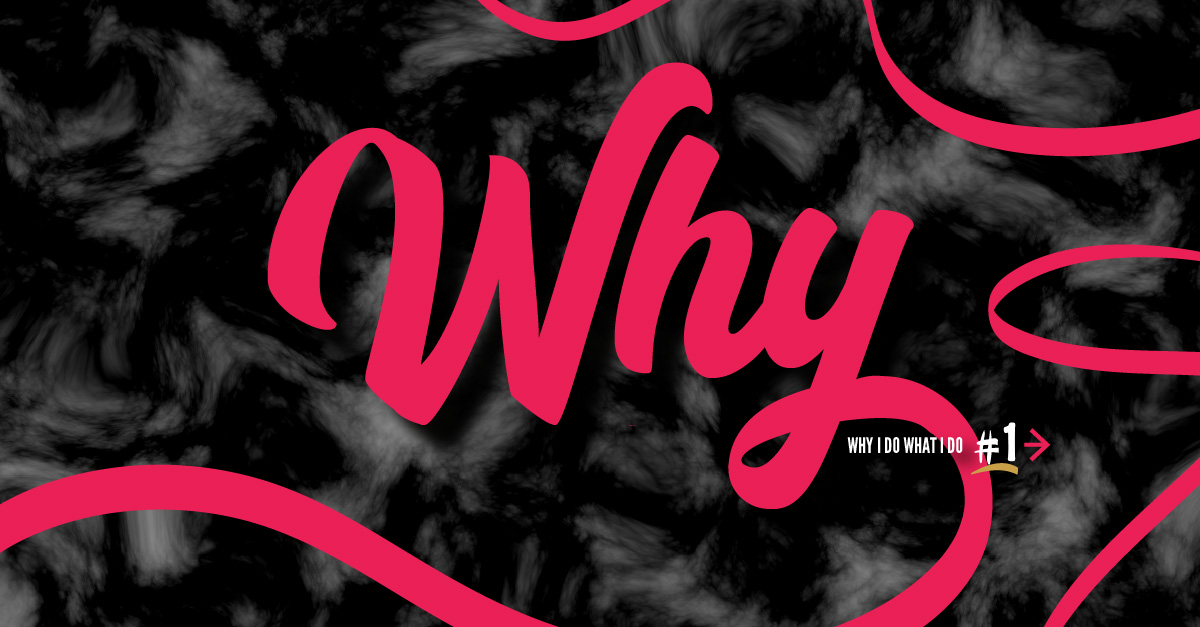In this series of blogs, I want to talk about what attracted me to become a graphic designer in the first place, my love for going freelance, and also offer some of my own design experiences in the hope that other designers and businesses get some value and insight.
In this first blog, I’d like to talk about adaptability as a designer, and how as a creative person I work with challenges.
As a graphic designer, I’ve picked up a few things in my career so far. One of my strengths being adaptability. Being adaptable with clients, being adaptable with how you work, and also with your styles of work to some degree.
It also doesn’t hurt to keep traditional values alive such as effective and reliable time keeping which is such a basic, but sometimes neglected method of judging someones professionalism.
You have to have a good personal, approachable and confident persona when dealing with clients. Being adaptable isn’t just trying to make the other party happy and please them, it’s about understanding their needs, trying to predict what they may ask from you in the future, and genuinely be interested in them and their aspirations.
I’ve seen first hand how just viewing a client as a quick job to get paid, doesn’t build a real business relationship.
If you’re currently working as a designer, you will have to expect work with varying levels of pressure, and this took some getting used to when I was just starting out.
In-house environments can sometimes have work pop out of the blue that’s marked as urgent, and you as the designer – being the “bottom of the pile” will be expected to get it over the line (sometimes with the lack of creativity that it needs). These could be things such as pitch documents, or a last minute blog post on a Friday that needs to go out at 5 to 5.
Other times, you do get to work on some larger, extremely creative work that requires a great deal of planning, testing and tweaking. For example, in one of my in-house roles, I was fortunate enough to work on a set of training animations that took months and lots of late nights to complete.
I had to be adaptable in achieving the clients vision of the overall project, taking certain technical things into consideration like voiceovers, subtitles and the overall length of each of the pieces, and also the clients’ individual requests.
With your style of design when it comes to creative concepts, the client will usually want to see a few different design options – all conveying the same message.
The real challenge with this type of work whether it’s creating concepts that will be used on larger scopes of work, or just 1 image, is that the idea has to show the vision of being able to be adaptable itself. For example working perfectly on small mobile as well as looking great in large print. This is a real strength of design I believe, looking at the bigger picture.
To use a big brand such as Starbucks as an example, their brand often presents itself in different personas, presenting information, drawing emotion from customers such as at the Christmas period, and also being fun and quirky when wanting to focus some attention on a particular promotion.
So to sum up:
- I’ve found success in having a personal approach as a freelancer, being genuinely interested in clients visions and maintaining regular communication
- It works to your benefit to expect both high pressure and low pressure working environments, so that you will know how to react and how it may affect other work
- Having a varied style of thinking when it comes to thinking creatively
